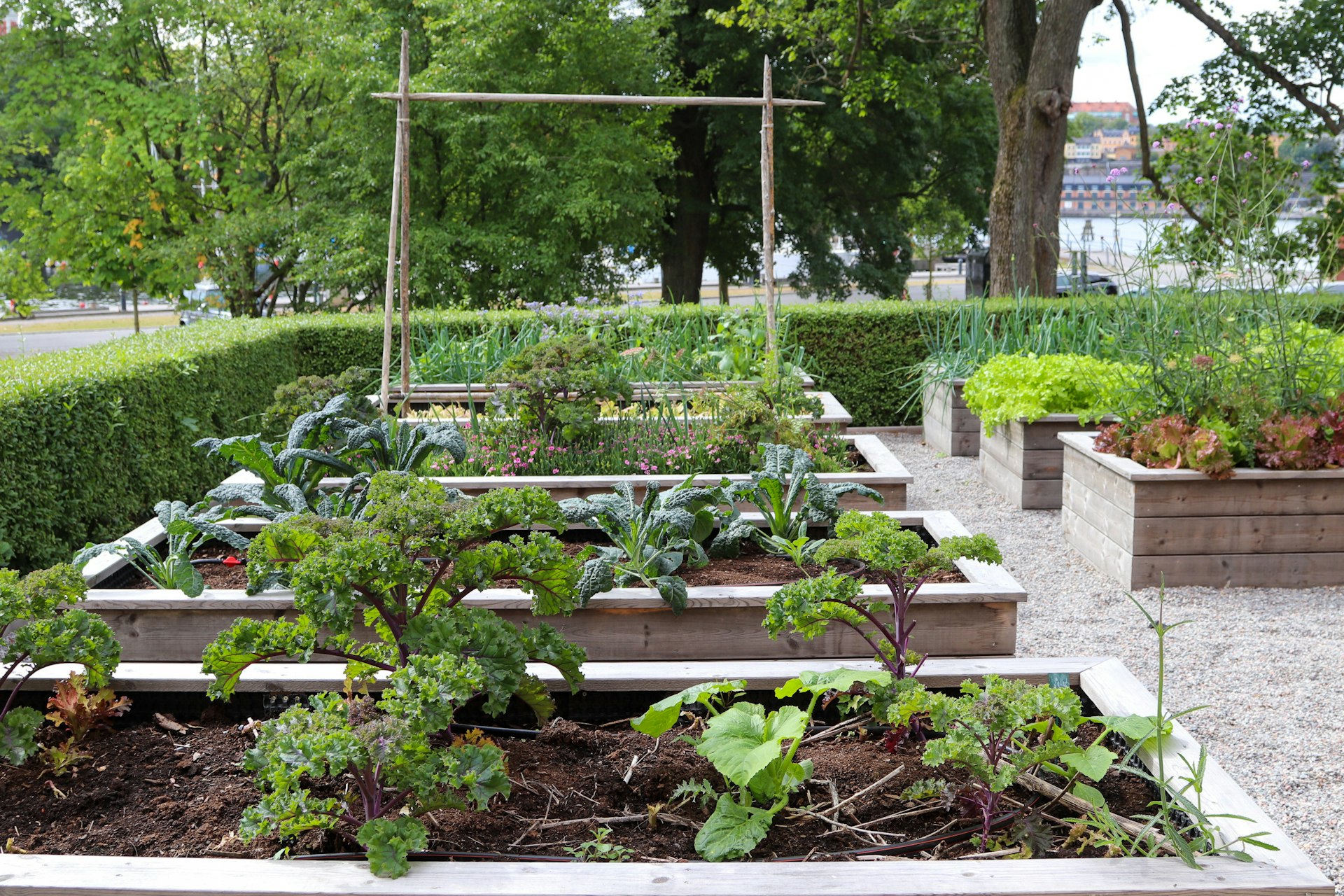Transforming Daily Living: Real-World Cohousing Lifestyle Experiences

Photo by Sofija on Unsplash
Introduction: The Essence of Cohousing Lifestyle Experiences
The traditional idea of home is evolving. For many, the pursuit of a fulfilling life now includes a strong sense of community, meaningful relationships, and practical support-qualities found at the heart of cohousing . Cohousing is not simply a housing arrangement; it is a lifestyle that prioritizes collaboration, shared resources, and mutual growth. This article explores authentic experiences from cohousing communities, their benefits, challenges, and how you can get involved in this innovative way of living.

Photo by Ahmet Sali on Unsplash
Building Connection and Community
At its core, cohousing centers on shared living and social connection . Residents describe their homes not as isolated apartments but as vibrant communities where daily interactions forge deep bonds. Common spaces such as shared kitchens, gardens, and lounges become places where relationships flourish through group meals, activities, and conversations. These interactions foster a sense of belonging that many find lacking in conventional housing arrangements [1] . Cohousing offers both private living quarters and communal areas, allowing individuals to choose solitude or social engagement as needed [5] .
For example, some communities regularly host potluck dinners, workshops, and celebrations, creating opportunities for all ages to participate and connect. Residents often report feeling supported and valued, which leads to greater emotional well-being and reduced feelings of loneliness [2] .
Reducing Costs Through Shared Resources
Shared living brings substantial financial benefits . By pooling resources, cohousing residents can lower monthly expenses by 20-30% compared to traditional rentals [1] . Costs for utilities, maintenance, and even groceries can be divided among members, making quality living more accessible. Cohousing also reduces waste and duplication of resources, which not only saves money but contributes to sustainability [4] .
For families, young professionals, and seniors alike, this financial model can be transformative. For instance, families with children can share childcare duties, while seniors may find support in daily tasks from younger neighbors-creating a win-win for all involved.
Personal Growth and Mutual Support
Living in a cohousing community encourages personal development and the cultivation of life skills. Collaborative decision-making is a foundational practice, with most communities using consensus or similar approaches to address issues and plan communal activities. This not only ensures that everyone’s voice is heard but also builds problem-solving skills and patience [2] .
Daily life in cohousing often includes shared responsibilities, such as cooking, cleaning, gardening, and organizing events. These tasks foster teamwork, accountability, and a sense of accomplishment. Many residents find that the experience of resolving conflicts and working together leads to greater compassion, understanding, and resilience [5] .
Intergenerational Living: Bridging Generations
Many cohousing communities are intentionally intergenerational , bringing together people of all ages. This dynamic enriches the community by encouraging mentorship, learning, and mutual care. Seniors benefit from daily social engagement and the support of younger neighbors, which has been shown to reduce loneliness and improve mental health [3] .
Younger residents, in turn, gain invaluable life wisdom, practical skills, and a sense of responsibility. Some communities offer rent reductions or other incentives for younger adults who provide assistance to seniors, making it a practical and rewarding arrangement for both groups. The exchange of skills, stories, and support builds a rich, resilient social fabric.
Environmental Sustainability and Shared Values
Cohousing communities often prioritize sustainable living . Shared transportation, collaborative purchasing, and eco-friendly practices such as composting and solar energy use are common. These efforts minimize individual carbon footprints and encourage a culture of environmental stewardship [4] .
Residents frequently find that living according to shared values-such as sustainability, inclusivity, or wellness-deepens their sense of purpose and fulfillment. Cohousing becomes not just a place to live, but a platform for meaningful action and collective impact.
Challenges and Realistic Considerations
While the benefits of cohousing are substantial, it is not without its challenges. Some individuals may struggle with the collaborative decision-making process or find group living incompatible with their need for independence or privacy [4] . Conflicts can arise, and resolving them requires open communication, patience, and a willingness to compromise.
It’s essential to honestly assess your preferences and expectations before joining a cohousing community. Many successful communities address these issues through clear governance structures, regular meetings, and established conflict-resolution processes.
How to Access Cohousing Opportunities
If you are interested in joining or learning more about cohousing, there are several practical steps to take:
- Research Cohousing Communities: Begin by searching for “cohousing communities near me” or “cohousing directory” to identify projects in your region. The Cohousing Association of the United States maintains a directory and provides educational resources [5] .
- Visit Local Communities: Many cohousing groups host open houses, informational sessions, or tours. Attending these events can offer firsthand insight into daily life, values, and expectations.
- Assess Fit and Compatibility: Spend time with residents, participate in community events, and ask questions about governance, finances, and shared responsibilities. This will help you determine if the lifestyle aligns with your needs.
- Explore Financing and Membership: Cohousing communities have different entry requirements and financial structures. Some require purchase of a unit, while others offer rentals or cooperative membership. Clarify these details early in the process.
- Consider Starting Your Own: If you cannot find a suitable community, resources are available through organizations like the Cohousing Association of the US to help you start your own. You can also contact groups like The HomeFul House ( [email protected] ) for guidance [1] .
Alternative Approaches and Next Steps
Cohousing is only one model among many collaborative living arrangements. Alternatives include co-living apartments, shared houses, and intentional communities-each offering unique structures and cultural norms. No matter the format, the key is to identify your priorities and seek communities that share your vision for daily life.
If you are unsure where to begin, consider reaching out to local housing organizations, community centers, or social networks. Many regions have informal groups or online forums where you can connect with others interested in collaborative living.
Key Takeaways
Cohousing lifestyle experiences are marked by connection, shared resources, and purposeful living. Residents report improved well-being, reduced costs, and a sense of belonging that is difficult to find elsewhere. While challenges exist, those willing to embrace collaboration often find that the rewards-friendship, support, and personal growth-far outweigh the drawbacks. With thoughtful research and an open mind, you can discover or even help create a cohousing community that enhances your life journey.
References
- [1] The HomeFul House (2023). The Benefits of Co-Living for Personal Growth and Stability.
- [2] CSShride Substack (2023). The Benefits of Cohousing.
- [3] Senior Talk (2023). Intergenerational Co-Housing: An Innovative Solution to Modern Social Challenges.
- [4] MoneyNav (2023). The Financial Benefits of Building Community: Can Co-Housing and Sharing Save You Thousands?
- [5] Cohousing Association of the United States (2023). Why Cohousing?
MORE FROM cheerdeal.com













